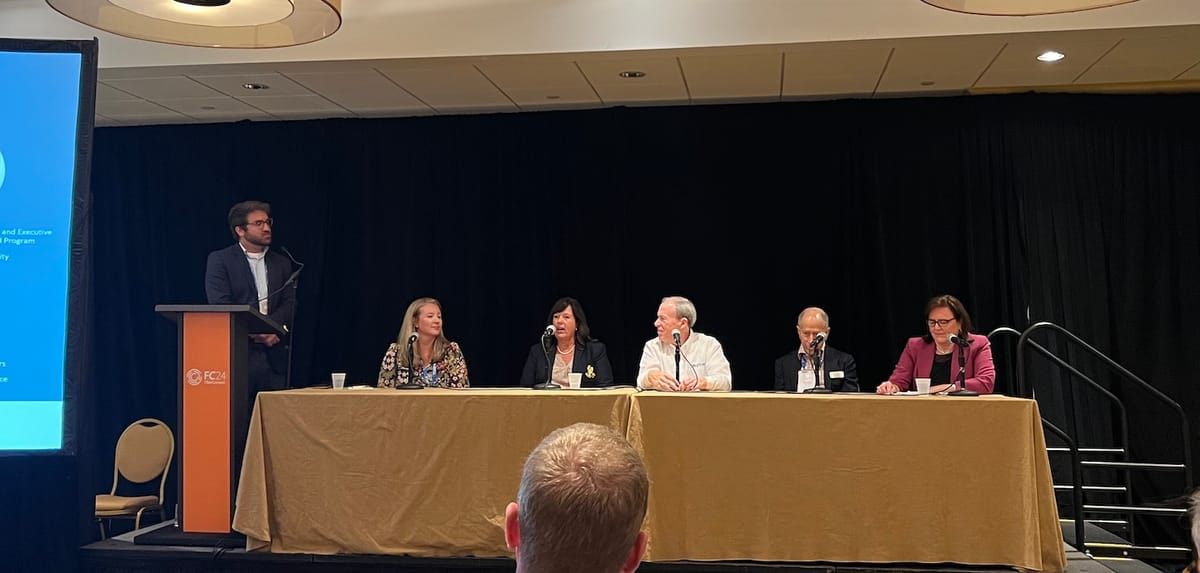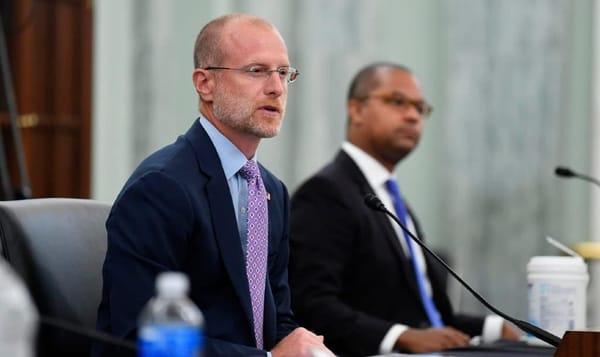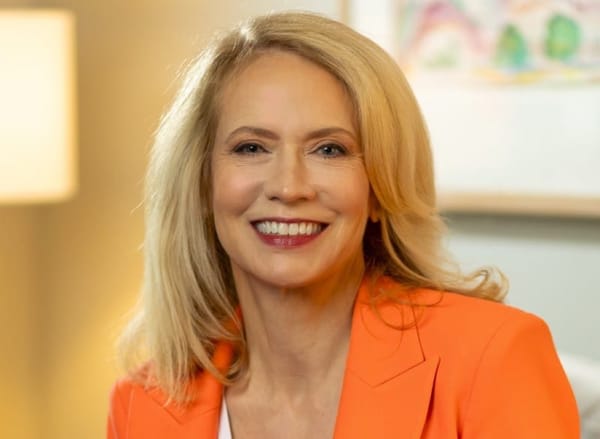Georgia Broadband Head Relates Behind-the-Scenes BEAD Prep
So far, 26 states and territories have received full NTIA approval since submitting drafts late last year.

So far, 26 states and territories have received full NTIA approval since submitting drafts late last year.

NASHVILLE, July 29, 2024 – Curing data, building application portals, and working to get initial proposal language cleared with the Commerce Department – these are some of the behind-the-scenes efforts going on at state broadband offices getting ready to administer the agency’s $42.5 billion broadband grant program.
“I think we’re on round 10 or 11, at this point, of curing comments,” Georgia Broadband Program Executive Director Jessica Simmons told ISPs at the Fiber Connect conference here in Nashville. Curing is the process of incorporating NTIA feedback into state plans.
“But we feel like we’re very close to getting volume two approved,” Simmons added.
The National Telecommunications and Information Administration, the Commerce agency handling the Broadband Equity, Access, and Deployment program, has to approve two volumes of initial planning from states before they can start fielding applications for grant funding from their slice of the pie – more than $1.3 billion in Georgia’s case.
So far 26 states and territories have received full approval since submitting drafts late last year, while the remaining states are set to cross the finish line by this fall.
Volume ones were approved at a faster clip, allowing most states to start fielding challenges to government broadband coverage data. Georgia finished that process in June, but there are some extra steps – namely, getting NTIA approval of the final list of unserved and underserved locations and potentially incorporating updated Federal Communications Commission mapping data into that list.
“We’re working to cure the data with NTIA,” Simmons said. “That’s been a fairly smooth process so far, I think. We’re hopefully pretty close to getting our data through there.”
Georgia has also been working to build out its system for accepting and processing grant applications in an effort to hit the ground running, Simmons said.
“We’re trying to make sure that we’re doing all the behind the scenes work so that as soon as we get an approved volume two – hopefully our challenge data will follow that very soon after – we’ll already have that ready,” she said.

An undersea fiber break was repaired in Alaska, pointing to concerns over GCI outages and subsea connectivity.

The Maryland Bar can reject claims without first hand accounts, despite FCC Chairman Brendan Carr’s public comments.

CEO Jonathan Spalter urged less red time and linked broadband expansion to the 250th anniversary of America.

The company had been required to unlock phones after 60 days.
Member discussion